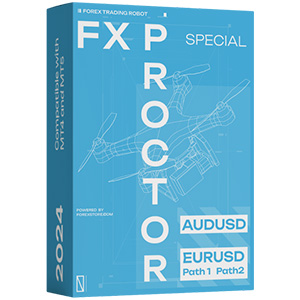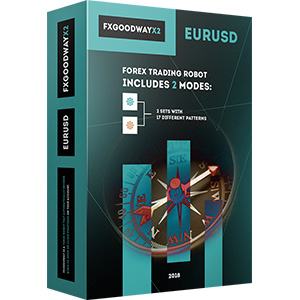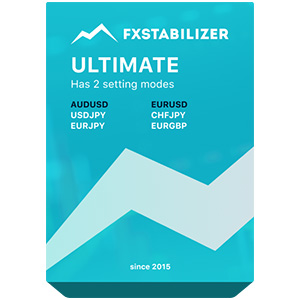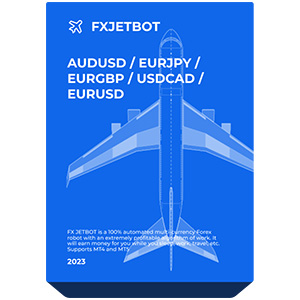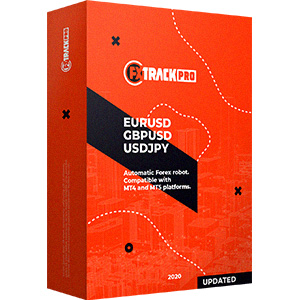
Most industries generate income from the sale of goods and services. The exchange of an asset for money is a cornerstone of the economy. Forex works a little differently. Traders constantly buy and sell currencies and make money from market volatility. This business model requires special skills and a willingness to explore new things. This article is devoted to the essential concepts of FX trading and answers to what is bid and ask in Forex.
Forex Bid vs. Ask: Basic Definitions
The Forex terminology is pretty straightforward. The bid means the highest value that a buyer is ready to offer. The ask is the minimal level for the seller to get rid of a currency. Surprisingly, many people confuse them.
Another important thing to remember is that the buyer's price shows the level of demand, whereas the seller's proposal is the supply indicator. Together, they form a spread, which is a gap between them. Understanding bid-ask spread in Forex is necessary to quickly grasp market situations and make proper decisions. Failing to do so may lead to poor working results.
How the Spread Represents the Difference Between the Bid and Ask Price
To measure the unlikeness of two prices, first, we need to define the units of measurement. For spread, they are called pips. For instance, if we have a EUR/USD pair with a bid of 1.1400 and an ask of 1.1410, the spread is equal to 10 pips. In fact, this is a cost for entering the market. Obviously, wide spreads significantly reduce your earnings. If you follow short-term strategies like scalping, this factor can be crucial. So, monitoring this indicator is necessary.
Factors Influencing Bid and Ask Prices on Forex
The Forex market is subject to numerous external factors that influence price movements. All these factors can be divided into several large groups:
- Economic factors. Here, we can distinguish GDP, which is a primary indicator for any economy. It usually makes the national currency stronger and can simultaneously affect the Forex ask and bid price. Central bank interest rates are also crucial for Forex and general economic stability. The third notable economic aspect is inflation. Typically, a high inflation rate widens the spread.
- Political factors. Major events in political life can affect currencies. Economic policies related to employment, international trade, and attitudes to investors are also very impactful.
- Market sentiment. The market is an unpredictable entity that can affect the prices. For example, if investors have positive expectations, spreads tend to be narrower.
- Technologies. The use of automated trading systems and the best Forex robots can cause rapid fluctuations. It can happen because many FX players can make the same decisions simultaneously.
- Global events. Wars, disasters, or any crises worldwide can considerably affect the bid/ask.
The length of the list is explained by the complex nature of the FX market and the world economy. Traders need to analyze the situation frequently or use expert advisors who do it automatically. Understanding bid ask spread Forex factors can help you to trade with the slightest spread and maximum returns.
Reading the Bid and Ask on Forex
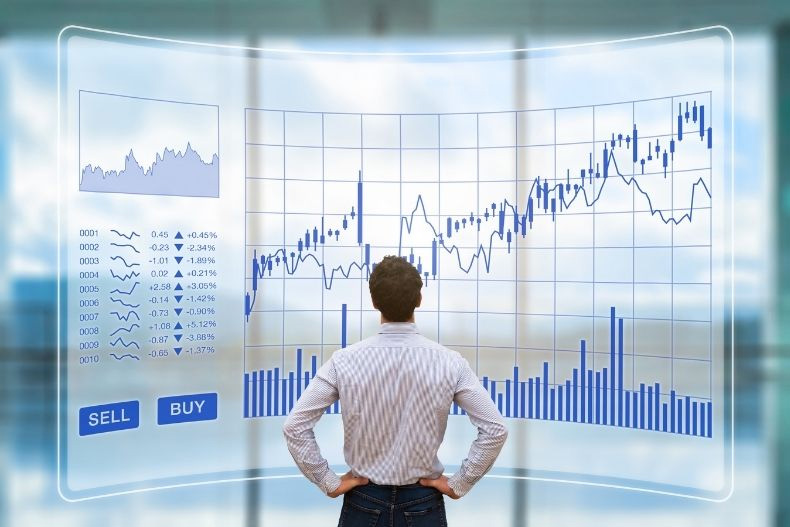
If you are new to the Forex market, reading ask and bid prices can be confusing for you. But in fact, it is very simple. Let's take the above-mentioned example. We have a EUR/USD pair, and its value is 1.1400/1.1410. Why are there two numbers? These are bid and ask prices. The lower one (1.1400) is a bid — how much USD the buyer is ready to give for 1 euro. Accordingly, the second price (1.1410) is an ask — how much a seller wants to get.
What else can we see in this representation? The spread is 10 pips. It is always a positive number as the ask can't be higher than the bid on a regular market. Sometimes, you can see a bid ask chart that shows the dynamics of this parameter. The prices are subject to constant changes, so pay close attention to them.
Forex Bid/Ask: Implications for Traders
Needless to say, the existence of two different values has serious implications for traders’ behavior. Experienced traders monitor the spread and adjust their positions according to this parameter. Here are possible aspects that can be impacted by it:
- Strategy. This is a general term that should be on the top of this list. Depending on the spread, market participants can adjust their decisions to the current situation.
- Time frame. If you have a scalping or a day trading strategy, you should avoid big Forex bid ask differences.
- Risk management. The spread is an inevitable loss, so if you are not ready to risk this part of a trade, look for bid and ask price options with smaller spreads.
- Profitability. Obviously, spread affects your profit, so for better results watch the prices carefully.
- The selection of a pair. As we said before, reliable currencies have smaller spreads, so you can adjust your strategy accordingly.
Practical Tips
To wrap up the discussion about ask and bid prices, let’s look at practical tips that seem obvious, but many people forget to use them:
- Monitor spreads regularly;
- Employ technologies for monitoring real-time data;
- Make the bid/ask difference an integral part of your strategy;
- Manage your funds considering a spread;
- Continuously improve your FX plan through practice.
Perhaps, these tips will give you a better practical comprehension of what bid and ask mean in Forex.
Conclusion
For better financial results, it is crucial to be aware of dozens of factors and indicators. Some of them can be integrated automatically through Forex robots, some require your personal attention. The bid/ask price is a concept that every trader should know and be able to recognize at first glance. The distance between them — spread — can greatly affect a strategy and the final profit. So, to avoid big losses, it is necessary to always keep this parameter in mind.

